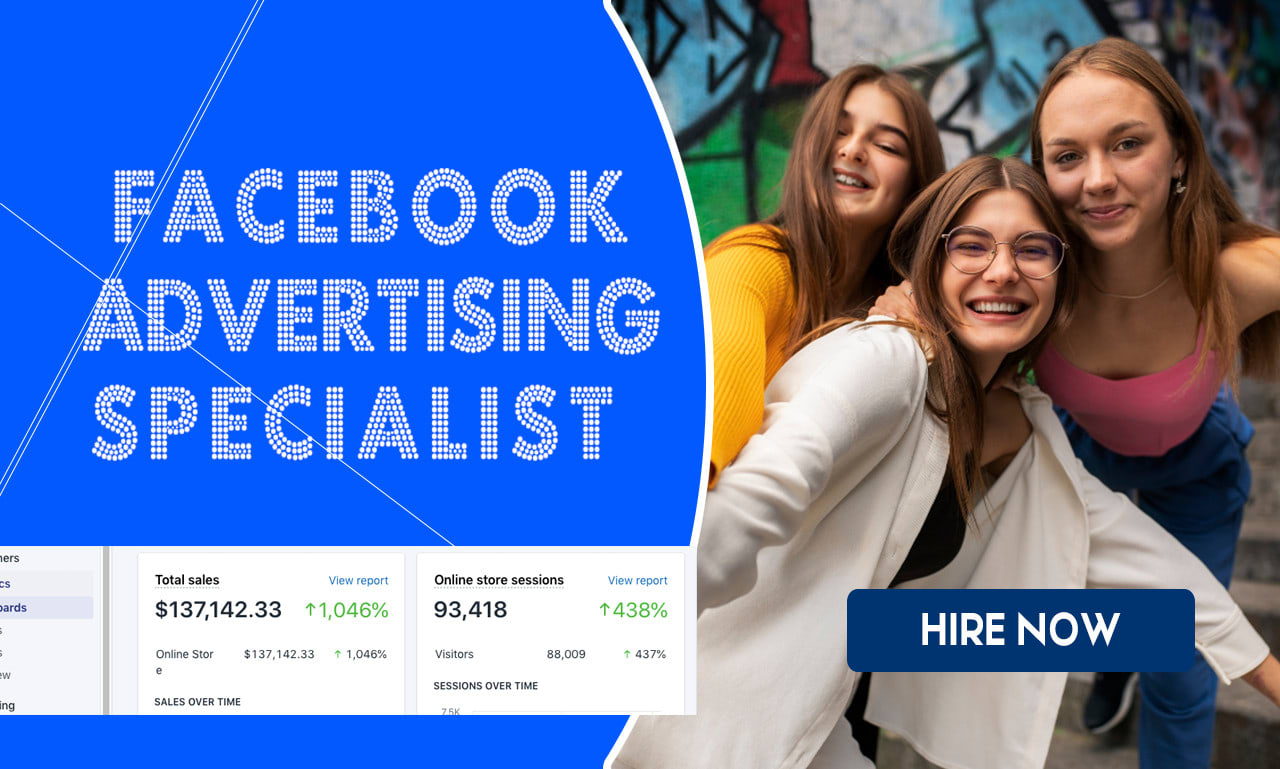Copy.ai, a startup building AI-powered copywriting tools for business customers, announced a $2.9 million round this morning. The investment was led by Craft Ventures. Other investors took part in the deal, including smaller checks from Li Jin’s newly-formed Atelier Ventures, and Sequoia.
The startup is notable for a few reasons. First for its model of building in public. I initially heard of the company through its monthly updates that it posts on Twitter. Thanks to that, I can tell you that Copy.ai generated monthly recurring revenue (MRR) of $53,600. That figure, up 46% from January, works out to annual recurring revenue (ARR) of $643,200.
Copy.ai also shares usage numbers, and, humorously, the number of Twitter followers that its founder Paul Yacoubian picked up in the last month.
The startup is also worth watching because it is part of a growing cohort of companies building atop GPT-3, what its progenitor the OpenAI project describes as an “autoregressive language model with 175 billion parameters.” More generally, it’s a piece of AI that can generate words.
Some investors are rather bullish on startups using the technology. Recently on TechCrunch, for example, Madrona’s Matt McIlwain wrote that “the introduction of GPT-3 in 2020 was a tipping point for artificial intelligence” that will lead to “the launch of a thousand new startups and applications.”
So far that’s holding up. Not only has Copy.ai managed to find early in-market traction, TechCrunch has covered a number of other startups busy leveraging GPT-3, including OthersideAi which raised $2.6 million back in November of 2020, and an “AI Dungeon-maker” called Latitude that also employs GPT-3 and raised $3.3 million this February.
But enough about its cohort. Let’s get into how Copy.ai got built.
Origins
Before founding Copy.ai, Yacoubian was an investor and, it seems, a tinkerer. He played with GPT-3 predecessor GPT-2 when it came out, telling TechCrunch in an interview that he discovered that the tool generated lots of “nonsense,” with the occasional “flash of brilliance.” GPT-3 proved even better in his view, providing something akin to a “50x” improvement on the generation that came before it.
Leaning on Twitter as a distribution method — Copy.ai uses Twitter as distribution channel, hence its reporting on social media metrics — Yacoubian and his co-founder Chris Lu launched a few different draft-projects using GPT-3. Simplify.so did text condensing, a slackbot was built but never made it to the outside world, and taglines.ai was put together to help companies come up with slogans.
That last one found early traction, generating around 700 sign-ups in two days. That was enough of a user base, the co-founders decided, to begin monetizing their tool. Then they decided that the initial could be extended to other writing use cases, helping people with myriad distinct writing projects. Copy.ai was formed out of that concept.
The product can now generate text for blogs and products and headlines and the like, based on user-provided word inputs.
What’s odd and nearly antithetical to your humble servant as a writer is that Copy.ai doesn’t want to save you word count, per se. Instead, it generates a number of possible text results that the customer then chooses from. Recall the flashes of brilliance that Yacoubian said GPT-2 could generate? GPT-3 is even better, giving users of Copy.ai even better possible text formulations for their needs. And then the human-in-the-loop plays the editor role, choosing which they want the most and, I presume, tweaking from there.
When it was released back in October of 2020, Copy.ai snagged 2,000 sign-ups in its first two days. Then investors started reaching out.
Quitting their day jobs, Copy.ai became a full-time affair. The unorthodox startup also put together an unorthodox round, raising from what Yacoubian described as “as many people as [they] could.” That wound up being 80 people, give or take.
The round was raised as a capped SAFE, the Y Combinator-favored investing instrument that allows startups to accrete capital from external sources without a formal pricing; instead, SAFEs are often “capped” at a maximum valuation. Copy.ai raised its cap as its fundraising process trundled along.
David Sacks, founder of Craft Ventures, told TechCrunch that he thinks that “natural language generation powered by AI is going to change the way that marketing teams write copy,” adding that amongst startups it is “rare to see such strong bottom-up adoption in so short a time.”
I am honestly a bit excited to see what Copy.ai can do, not because I will use its product — it’s not precisely in my wheelhouse — but because I am rather excited about GPT-3 as a technology. And the startup is an in-market experiment regarding AI and writing. Two things I care quite a lot about.
source https://techcrunch.com/2021/03/17/gpt-3-powered-copy-ai-raises-2-9m-in-a-round-led-by-craft-ventures/



0 Comments